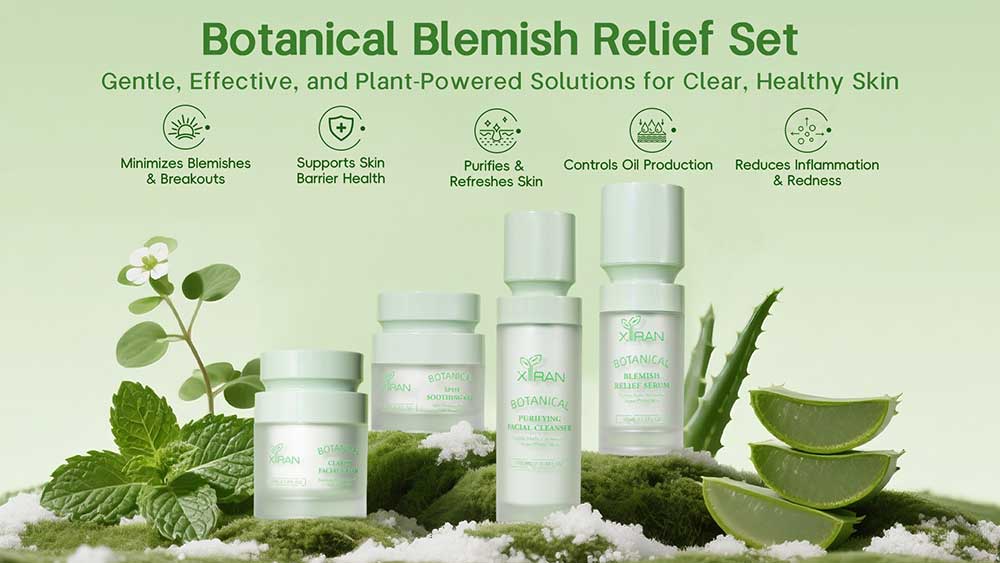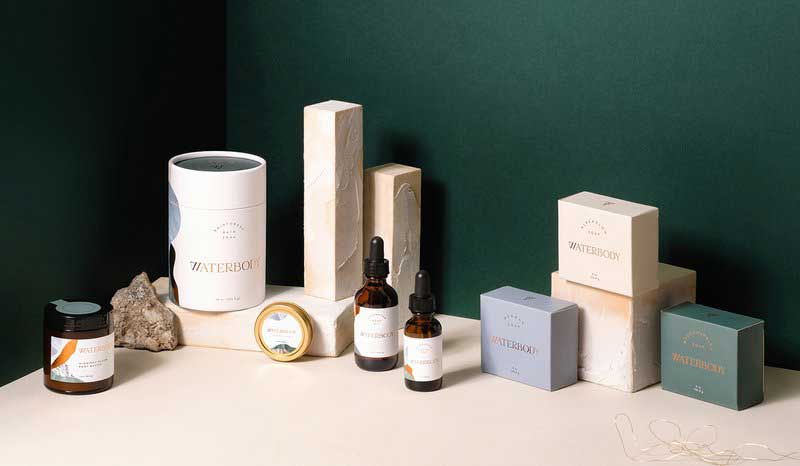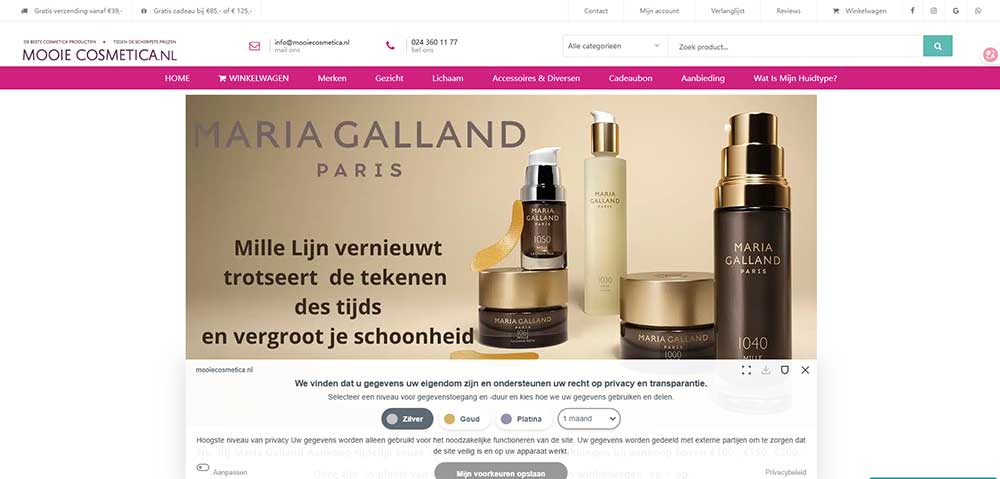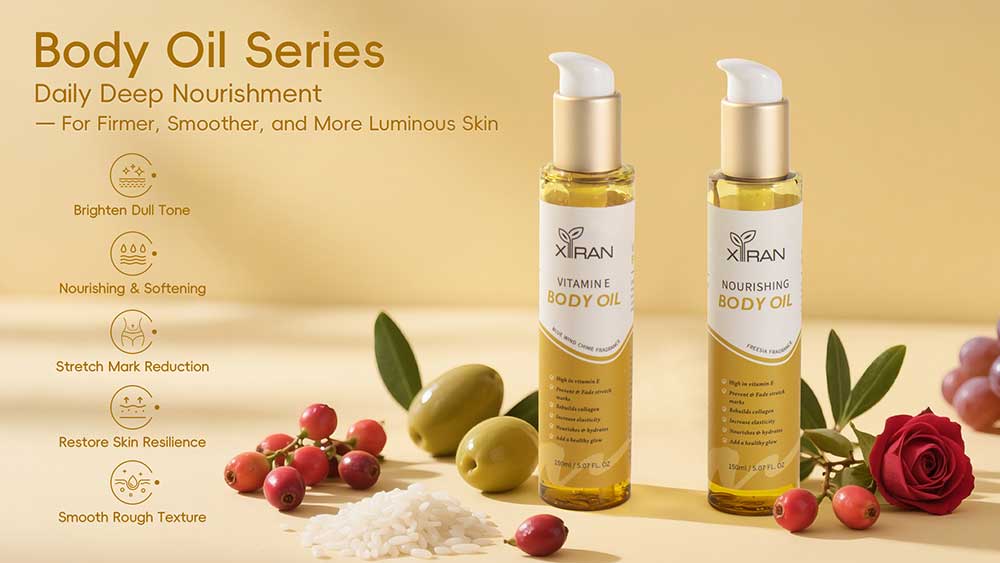
Just as when you prepare your own unique dish, you need to come up with a flavour for your skincare line that no one else can duplicate. In a world filled of promises and products, it's your duty to discover out what makes your product stand out. This book will help you launch your own brand of clean beauty products, minimalist skincare products, or clinical-grade solutions. It will help you find your niche and get a lot of devoted customers.
Every well-known brand starts with a spark, which is a simple concept that originates from being curious, frustrated, or passionate. This initial phase is all about recognising that spark and converting it into a clear market position.
Real insights, which you can get from your own experiences or thorough observation, are what make skincare products successful.
Personal Pain Points: You might have had difficulties with dry skin or never discovered a moisturiser that worked for you. Many clean beauty firms got their start when their founders recognised that standard beauty products had chemicals that were bad for you. These true stories make customers feel more at ease with you.
Online Surveys: Make a simple poll with Google Forms or SurveyMonkey that asks, "What is your biggest skin care problem?" or "What do you like best about a beauty brand?"
Look at Reddit's r/SkincareAddiction, Instagram hashtags, or TikTok trends to see what others are talking about. Take note of what makes individuals angry or joyful.
Field Observation: Go to beauty stores and pay notice to which shelves garner the most attention, which packaging stands out, and how consumers pick what to buy.
Check out what's new:
Using products that are clear, safe, and manufactured with real ingredients is what Natural and Clean Beauty means.
Targeted Efficacy: Solutions for issues including acne, ageing, or too much pigmentation.
Using refillable packaging, creating items without hurting animals, or running a firm that doesn't make the world warmer are all examples of sustainability.

The heart and soul of your brand is its identity. It changes how you manufacture things and how you sell them.
What do the main values of your brand mean? Science-based performance? Soft purity? Who is responsible for the environment? Set these up early; they will attract the correct folks.
Customer Persona: Who do you want to help? You can produce better products and messaging if you know about people's values, habits, and demographics. Think about this:
What sets you apart from the thousands of other options? This is your unique selling proposition (USP). It doesn't have to be new; it just has to be true.
Knowing your competition might help you uncover openings and areas where you can improve.
Find Your Rivals:
Check out what they're good at and what they're not so good at:
Differentiate in a clever way:
This is where your fantasy comes true. Think of it as building the foundation for your skincare business. It needs to be safe, sturdy, and work properly.
The formula is what sets each brand of skin care apart. Focus is the best thing for new business owners.
Start Small, Go Deep: Choose one or two hero goods that really show what your business is about and solve a clear problem. Before you grow, make them flawless.
Be careful when you choose your ingredients: Combine scientifically established actives like niacinamide, retinol, or hyaluronic acid with natural extracts and components that come from sources that are good for the environment. Use databases like EWG Skin Deep or INCI Decoder to do research.
You have a lot of control over in-house development, but it's costly and takes a long time. Beginners who don't know how to utilise a lab shouldn't use it.
Private Label/OEM: Work with certified manufacturers (GMP, ISO) who can build your formulas exactly how you want them.
Pick manufacturers who are okay with tiny minimum order quantities (MOQs) to lower the risks of starting a business.

It's not just how your packaging appears; it's also how easy it is to use, how long it lasts, and how well it follows the regulations.
Your brand's colours, fonts, and images should all fit with its personality. If you don't have a lot of money, check out Canva or hire a freelancer on Upwork.
Picking the correct material: glass, plastics that can be recycled, or things that break down on their own. Find a middle ground between price and long-term use.
User Experience: Try out samples to make sure they are useful and easy to use.
Regulatory Compliance: Include all the information that the law requires, like the product name, net weight, INCI list, batch number, expiration date, manufacturer information, and cautions.
Trust is important in the skincare business. There is no room for dispute on safety testing and upholding the law.
Before you sell your first product, make sure your business and product are legal.
Business Formation: Make your business a corporation, LLC, or partnership.
Trademark Protection: Protect your brand name and emblem as soon as you can. To avoid issues, do a trademark search.
In the US, the FDA makes the rules for cosmetics, while in the EU, EC Regulation 1223/2009 does the same. Get in touch with your manufacturer or a consultant who knows the rules.
Your reputation depends on it, therefore never put the quality of your goods at jeopardy.
Stability Testing: See how well a product operates in a variety of settings.
Efficacy Testing: Prove that what you say is true by displaying results.
Patch, irritation, and microbiological testing should all be part of safety tests.
Choose third-party certifications that fit with the ideals of your brand, such as vegan, cruelty-free, or organic.
Factory Oversight: Make sure that GMP standards are being met by making regular visits or audits.
It's time to make your brand come to life and talk to customers.

Startups can use digital platforms to get the word out about their business in a way that is both cheap and easy to grow.
Your Own Store on the Internet:
Beginners may easily utilise Shopify and other systems, and they can also customise them to meet their needs.
A clean design, strong graphics, and a smooth checkout are all important.
Other people's marketplaces:
Start with Amazon, Etsy, or sites that are particular to your area to determine whether people want what you have.
Being active on social media:
Concentrate on one or two sites where your target audience spends time, such as Instagram or TikTok.
Make a combination of how-to films, videos that show what goes on behind the scenes, and interactive Q&As.
Collaborate with micro-influencers who believe in what your company stands for.
Once you have a website, make sure you grow your business smartly offline.
Boutiques and Concept Stores: Look for stores in your neighbourhood that have a similar style to your brand.
Pop-up events and fairs are wonderful ways to get the word out about your business and hear what customers have to say.
Get your items into treatments by working with professionals at spas and salons.
People don't just buy goods; they buy stories, ideals, and emotions. Your advertising should indicate that.

What made you desire to go on this journey? Your origin story: Real stories about founders establish relationships right immediately.
Product Storytelling: Use language that is easy to understand and relate to when you talk about what makes your formula different. Talk about advantages, not just features.
Reviews from Customers: Show real outcomes and what people are saying about them. Use hashtags with your brand name to get consumers to make UGC.
Share posts that dispel myths and give skin care advice.
Behind the Scenes: Give your brand a more human touch.
Polls, challenges, and live Q&As are all ways to get your audience involved and keep them interested.
Working with micro-influencers is cheap and frequently gets more people to interact.
Good Customer Service: People will trust you if you address their questions quickly and politely.
Loyalty programs give customers who come back discounts or incentives.
Continuous Feedback: Get feedback from users to improve future goods.
A skincare brand is never "finished." Growth comes from learning and attempting things over and over.
Check your sales statistics to find out what sells well, where your money comes from, and other critical numbers like AOV, CAC, and CLV.
Customer Feedback: Find out what issues customers are having by reading reviews and taking surveys.
Stay ahead of the game by signing up for industry reports and keeping an eye on your competitors.
Always change: try new ingredients, make the packaging better, or put out limited editions.
To launch a skincare brand, you need more than simply creams and serums. You also have to turn your vision become a reality and bring others together who share your values. There will be bumps in the road, but if you stay curious, keep going, and be yourself, your brand can make a significant difference.
Take a deep breath, trust the process, and start building the skincare brand that the world needs: your own.
Starting a skincare brand can cost anywhere from $2,000 to $20,000, depending on your product range, packaging design, and marketing strategy. Working with a private label skincare manufacturer can help you reduce initial costs and speed up production.
Yes, most countries require skincare businesses to comply with cosmetic safety and labeling regulations. You’ll need to register your formulas or products with the appropriate health authority before selling.
If you don’t have a chemistry background, partner with a professional skincare manufacturer or cosmetic lab that offers custom formulation and testing services. This ensures your products are both safe and effective.
Absolutely. Private label skincare is one of the fastest ways to launch a beauty brand. You can choose from pre-tested formulas, customize packaging, and start selling within weeks.
It typically takes 3 to 6 months from planning to market launch, depending on whether you use custom formulations or private label products. Clear branding and a reliable manufacturer can shorten this timeline.

